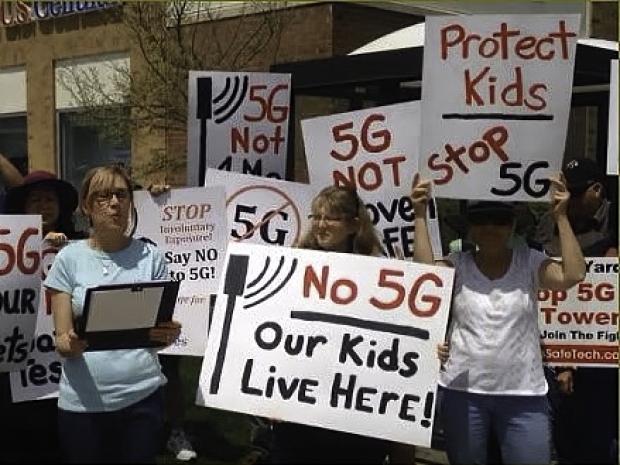The International Commission on Non-Ionising Radiation Protection (ICNIRP) has spent several years reviewing scientific literature on the effects of exposure to electromagnetic fields.
It says the new guidelines will provide improved protection for forthcoming 5G technologies that use high frequencies.
It is the first time since 1998 that the guidelines on protecting humans from radiation from phone networks, wi-fi and Bluetooth have been updated.
The rules do not impose new limits on 5G phone masts, but rather concern the phones themselves.
International Commission on Non-Ionising Radiation Protection (ICNIRP)'s chairman Dr Eric van Rongen told the BBC that there needed to be “more conservative limits" on radiation from handsets when they connect to higher-frequency 5G networks.
The changes focus on frequencies above 6 GHz. These are not used for 5G in the UK now but could be in the future.
The benefit is that they can deliver extremely high speeds, but only over short distances.
The rules provide a "slightly higher level of protection than the current guidelines", the International Commission on Non-Ionizing Radiation Protection (ICNIRP)'s chairman Dr Eric van Rongen told the BBC.
However, manufacturers are already developing new handsets with the tighter guidelines in mind
It concluded that apart from some heating of human body tissue, there was no evidence of harm.
"We also considered all other types of effects for instance, whether radio waves could lead to the development of cancer in the human body", said van Rongen.
"We find that the scientific evidence for that is not enough to conclude that indeed there is such an effect."
The UK telecoms regulator Ofcom has been testing 5G mast sites to check that emissions do not exceed existing guidelines.
It has carried out 16 tests so far at sites where mobile use is high.
In each case, it found that radiation emissions were "a small fraction" of what was allowed, with the highest reading just 1.5 percent of the maximum level permitted.




